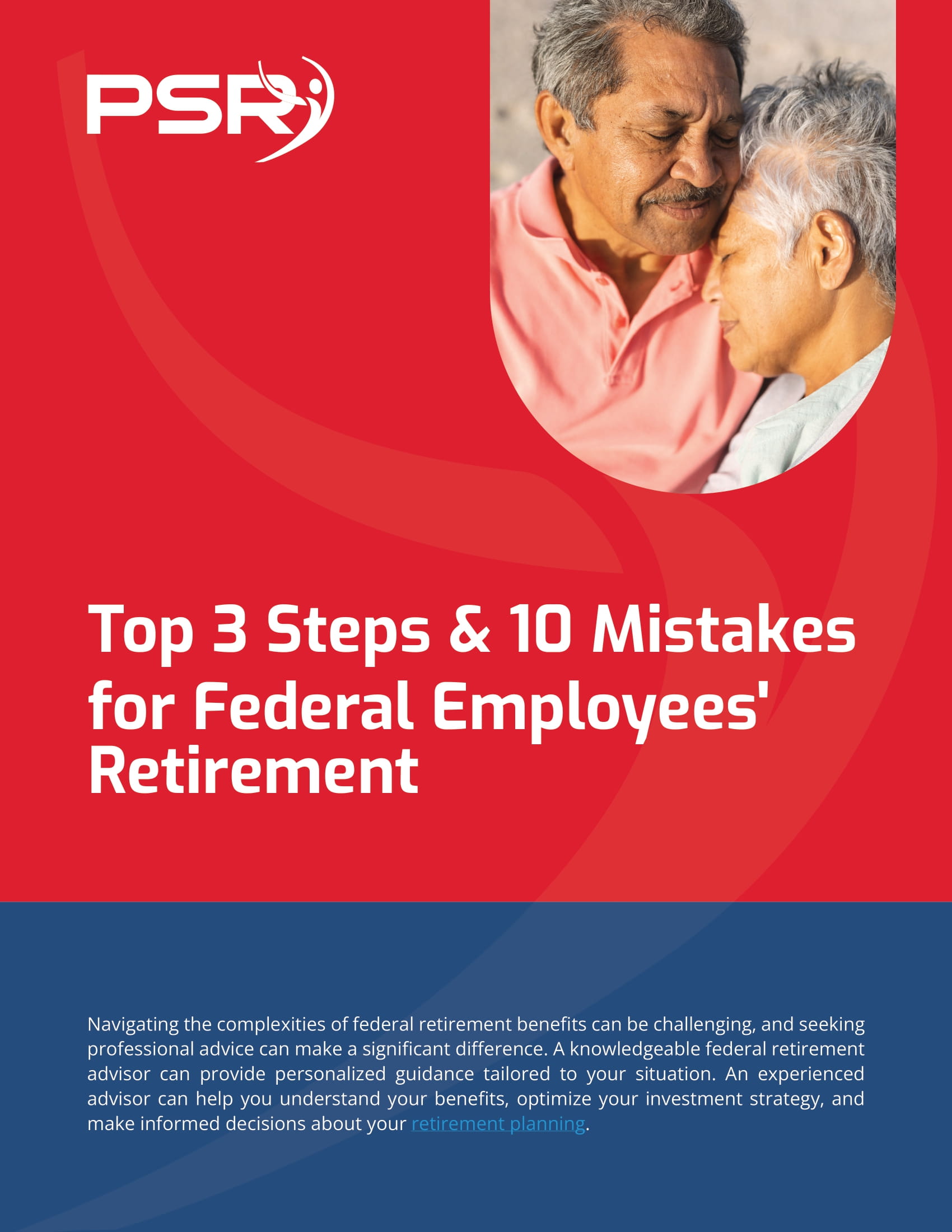Key Takeaways:
- Combining civilian and military retirement benefits can maximize financial stability, ensuring you’re prepared for life’s next chapter.
- Blending benefits allows you to access both streams, leveraging resources for a more secure and rewarding retirement.
Why Combining Civilian and Military Benefits Is a Smart Move
- Also Read: Are You Eligible for the Federal Employee Retirement System (FERS)? Find Out Here
- Also Read: Why TSP Withdrawal Options Might Be More Flexible Than You Think for Federal Retirees
- Also Read: The Top Federal Employee Benefits You Should Be Tapping Into Right Now
Understanding the Basics of Civilian and Military Benefits
First things first—let’s break down what these benefits entail. On the military side, there’s the military pension, which is typically based on your years of service and the rank you held when you retired. You also have the added advantage of benefits like health care under the TRICARE system, which can significantly reduce your out-of-pocket medical costs post-retirement.
For civilians, retirement benefits usually come from a 401(k), pension plan, or Social Security. Federal employees, especially, have access to the Federal Employees Retirement System (FERS), which provides a pension as well as Social Security and the Thrift Savings Plan (TSP), a government version of a 401(k).
What’s the Advantage of Combining Benefits?
The most obvious benefit of combining both military and civilian benefits is the potential for dual income streams. By pulling from both military and civilian sources, you essentially secure a more stable and comfortable retirement. This dual-income strategy provides a significant financial cushion, which can be especially valuable in times of economic uncertainty or personal emergencies.
Moreover, if you plan strategically, you could stagger when you start drawing from these various income sources. For instance, you might choose to start receiving your military pension while allowing your civilian retirement savings to grow, especially if you’ve invested in tax-deferred accounts like the TSP or a traditional IRA.
How Do You Start Combining Your Benefits?
Step 1: Military Pension Timing The good news is that your military pension is typically available immediately upon retirement after 20 years of service. This can be a real game changer if you transition into a civilian role in your late 30s or 40s. You’re still working, but you’ve already got a steady stream of pension income coming in. This means that any income you earn in your civilian job can be used to max out your retirement savings plans, pay off debt, or fund other financial goals.
Step 2: Civilian Retirement Planning Once you’re working in the civilian world, you need to prioritize building your civilian retirement nest egg. Federal employees have the advantage of the TSP, which offers matching contributions from your employer (typically 5%). Even if you’re not a federal employee, most civilian employers offer a 401(k) or other retirement savings programs.
When you’re investing in both a civilian and military retirement, keep an eye on your combined retirement accounts’ growth. Balancing contributions between a TSP and military benefits like the Survivor Benefit Plan (SBP) can create a more comprehensive retirement package.
How Does Health Insurance Work?
One of the key areas where combining military and civilian benefits pays off is health insurance. Military retirees have access to TRICARE, which provides excellent health care coverage. But what happens when you also have civilian health benefits?
The best approach is usually to coordinate both plans. You might use your civilian insurance as your primary coverage and TRICARE as a secondary payer. This can reduce your out-of-pocket costs significantly, especially for larger medical expenses. Alternatively, some retirees choose to keep TRICARE as their only health plan since its premiums and out-of-pocket costs are relatively low.
But keep in mind: once you turn 65, TRICARE typically switches to TRICARE for Life, which works in conjunction with Medicare. At this point, your civilian health insurance may no longer be necessary, allowing you to cut costs.
Can You Still Qualify for Social Security?
Yes, absolutely! Social Security benefits are based on your work history and contributions. The more years you work, the higher your Social Security benefit will be, and there’s no penalty for drawing from military and civilian retirement sources simultaneously.
In fact, if you worked in civilian roles both before and after your military service, you’re likely to qualify for a higher Social Security payment. That’s because you’ve spent more time contributing to the system. And if you delay claiming Social Security until age 70, your monthly benefit increases by about 8% per year after full retirement age.
Tax Benefits of Combined Income
Another significant benefit of combining civilian and military retirement is the tax advantage. In most states, military retirement pay is either partially or fully tax-free. So, while your civilian retirement might be subject to income taxes, your military pension could help lower your overall tax burden, leaving you with more disposable income.
It’s also worth noting that many states offer special tax breaks for military retirees, which could further enhance your financial situation post-retirement. Be sure to check your state’s tax policies so you can take full advantage of these benefits.
How Much Should You Save for Retirement?
It’s a good idea to save at least 10-15% of your civilian income for retirement, but if you have a military pension, you might be able to reduce this percentage slightly. Still, given the uncertainties in life, such as health care costs and unexpected expenses, it’s better to err on the side of caution and save more when possible.
A good rule of thumb is to calculate your retirement needs based on your anticipated lifestyle. If you want to travel or pursue hobbies, you’ll need more savings than if you plan to live modestly. Don’t forget to factor in inflation, which can significantly erode the value of your savings over time.
How Soon Should You Start Planning?
The sooner, the better! In fact, if you’re currently in your 30s or 40s and transitioning from military to civilian life, now is the time to start planning. You want to ensure that you’re maximizing the benefits available to you and not leaving any money on the table. By carefully coordinating your military pension with your civilian retirement accounts, you’ll be setting yourself up for a stress-free retirement in the years to come.
Maximizing Retirement with Civilian and Military Benefits
By combining civilian and military benefits, you’re taking the best of both worlds and creating a retirement plan that ensures financial security. Not only does it provide you with multiple income streams, but it also offers flexibility and peace of mind knowing that you’re well-covered for healthcare, taxes, and living expenses.
So, whether you’re wrapping up your military service or have already made the leap into civilian life, make sure you’re maximizing these benefits. After all, you’ve worked hard for them—now it’s time to let them work for you.








